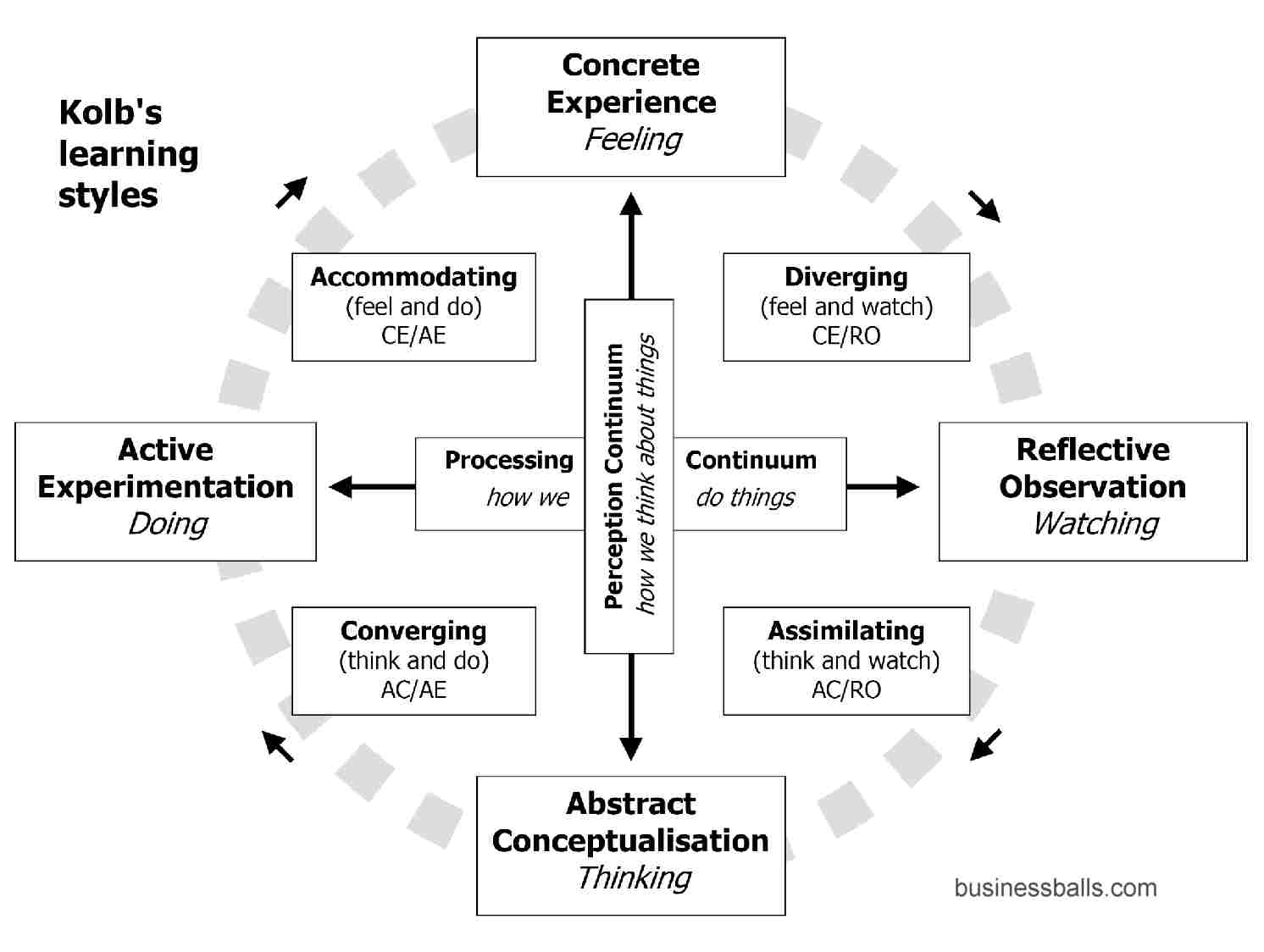In order to have full access of this Article, please email us on thedocumentco@hotmail.co.uk
Introduction:
We observe a lot of emphasis on creative thinking these days around us, creativity had always been included in curriculums but recently it has gained quite an edge. Since the findings are now focused on the ability and practice to extract creativity from the knowledge that you’ve got rather than having loads of knowledge about some of the skills and expertise.
(Gardner 1997 cited Fisher ed Fisher and Williams 2004), described creativity as the ability to solve problems and fashion products, giving rise to new questions. However, closer to where I stand on creativity is how
The National Advisory Committee on Creative and Cultural Education (NACCC) describes creativity as ‘imaginative activity fashioned so as to produce outcomes that are both original and of value’. (1999 cited in Craft 2000 p3).
Analysis between Theory and Practice.However creativity is rather subjective in nature, what’s creative in one person’s aspect would not essentially be creative to other person’s perception, and it has an individualism attribute to it, therefore the ‘of value’ part of the definition doesn’t encompass this individualism factor, as what’s of value to one, won’t be necessarily to other.
(E Paul Torence,2001, p7) defined creativity in terms of experimentation, whereby difficulties in problems are met, with solutions constantly revised, which suggests that it’s changing and non-permanent nature, the possibility of my seeing an object in a certain way does not validate that the next time I would look at it in the same manner.
This definition had experimentation as its foundation of basing the whole perspective of changing solutions and also the fact that the current way of creativity can always be improvised and done better.
The interpretation of creativity is greatly affected by the cultural dimension in which it is existing, for e.g. creativity in western societies are recognized as a way of fostering the individual abilities of a person and giving him the confidence that he can alter the environment,
While in eastern culture, it’s the environment that actually affects on an individual’s perceptions and viewpoints. But once spotted, these angles are going to help in bringing out the creativity of a child.
Wilson (2005) suggested creativity as a phenomenon to be demonstrated rather than impose on the child. Analysis between Theory and Practice.I see my teaching style close to Wilson’s proposed style, where students should be guided on the outlines while the details should be left with them to ponder and apply their creativity to it.
Making the children work in groups also help to bring out the best they had for creativity, since by working together, they see the extent of the application and validation of their ideas, the peers challenging their way of attempting leads to persuading why he chose this certain way for the activity. Lovelless ( Cited in Wilso ed 2005, p5) says that creative ideas come trough interaction with other people.
As far as the NC’s approach on teaching is concerned, the currently operating structure is flexible enough in terms of teaching styles and consumption of resources but still while addressing to the achieving the desired learning outcomes.
The soon to be enforced new NC constituents of much more areas on fostering children skills and attributes as a whole entity rather than just concentrating on the abilities. It is much pupil-focused.
However CCE sees the NC’s current approach as concentrated only on what the child knows rather than working on his ability of application of the knowledge hence keeping them from truly achieving the art of adaptability.
The three strands of creativity as the NACCCE’s approach was taken into practice; creative thinking, creative teaching and creative integration as upbeat and energetic learners who enjoy engaging in creative activities and attain progress and achieve through it, Analysis between Theory and Practice being confident to lead and practical to test and experiment their ideas and viewpoints and integration through engaging all the pupils in the activity to ensure everyone gets a chance to do what he’s passionate about.
The activity was designed in way that the students are told about the topic but they are free to discover and search the topic for where they see potential according to their interests, along with where they see problems and issues.
The idea behind this approach was to let the pupils take the ownership of their thoughts and ideas, so that it promotes a children-focused learning environment which gives pupils the liberty to take their learning curiosity and knowledge to next level by themselves, rather than being dictated by the teacher on how to go about it.
According to Csikszentmihalyi (1996) cited Fisher and Williams 2005: 15), ‘the first step towards a more creative life is the cultivation of curiosity’, therefore to make them curious about the subject, it was necessary to give them the hold of deciding where and what they as interesting and appealing…


Recent Comments